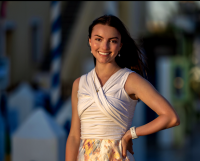Lab Members
Principal Investigator

Dr. Jun Ye
Our research group explores the frontier of light-matter interactions. Precisely controlled lasers enable our communications with microscopically engineered quantum systems of atoms and molecules. By preparing matter in specific quantum states, and using probe light with the longest coherence time and precisely controlled waveform, we strive to make fundamental scientific discoveries and develop new enabling technologies.
The strongly integrated development of scientific vision and experimental tools has enabled us to advance important topics in precision measurement, quantum many-body physics, quantum metrology, ultrafast science, and quantum science in general. For example, we employ quantum gas of strontium atoms confined in optical lattices to achieve best performing atomic clocks and investigate novel quantum dynamics, combining quantum metrology and quantum simulation. We prepare molecules in quantum degenerate gases to engineer tunable Hamiltonians for correlated quantum phenomena. These quantum-state prepared molecules are also explored for test of fundamental physics and study of quantum chemistry. Stable lasers and optical frequency combs are extending precision spectroscopy and extreme nonlinear optics from mid infrared to extreme ultraviolet, providing novel probes of large quantum systems, trace detection for health and environment, and new spectroscopy opportunities in a nuclear transition.
Affiliations
Fellow of JILA
Fellow of NIST
Professor Adjoint, Department of Physics
Short Biography
I am a Fellow of JILA and a Fellow of NIST. I am also a member of the National Academy of Sciences, a Fellow of APS, and a Fellow of OSA. My research focuses on the frontiers of light-matter interactions that include precision measurement, quantum science, ultracold matter, and frequency metrology. I have co-authored 380 scientific papers and delivered 600 invited talks. Awards and honors include Micius Quantum Prize, N.F. Ramsey Prize, I.I. Rabi Award, US Presidential Rank Award (Distinguished, four Gold Medals from the U.S. Commerce Department, Foreign Member of the Chinese Academy of Sciences,Frew Fellow of the Australian Academy of Science, I.I. Rabi Prize, European Frequency and Time Forum Award, Carl Zeiss Award, William F. Meggers Award, Adolph Lomb Medal, Arthur S. Flemming Award, Presidential Early Career Award, Friedrich Wilhem Bessel Award, Samuel Wesley Stratton Award, and Jacob Rabinow Award.
Research Associate
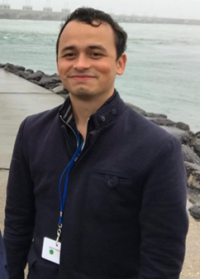
Dr. Tim de Jongh
I am a postdoc working on the KRb experiment, where we aim to probe novel quantum phases of matter and spin dynamics that arise from the dipolar interactions between these ultracold polar molecules. I obtained my PhD in Bas van de Meerakker’s lab, where we investigated scattering resonances in low-energy molecular collisions. During my first postdoc, I worked in the lab of Tarik Yefsah on developing a quantum gas microscope for fermions in continuous space.
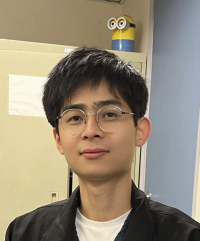
Dr. Junyu Lin
I am a postdoc working on the KRb polar molecules experiment. In this project, we use ultracold polar molecules to study many-body physics with dipole-dipole interactions. I completed my Ph.D. in the Wang group at the Chinese University of Hong Kong, where we studied on the control of the collisions between NaRb polar molecules.
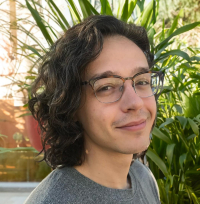
Dr. Logan Hillberry
I am an NRC postdoc working on laser cooling and trapping of YO
molecules. I completed my PhD under Mark Raizen at UT Austin where I
studied Brownian motion and acoustic sensing using optically trapped
microspheres.
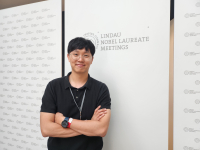
Dr. Joonseok Hur
I am a postdoc working on making atomic clocks more precise by quantum-mechanically entangling many atoms. My current focus is to push the precision of a cavity-assisted spin-squeezed Strontium lattice clock beyond the theoretical limit for non-entangled atoms used in conventional clocks. My broader research interest is to use the unprecedented precision of AMO-physics experiments to explore the fundamental nature of the Universe and potentially reveal new physics.
I earned my Ph.D. from the Massachusetts Institute of Technology under the supervision of Prof. Vladan Vuletić, where I worked on using singly ionized Ytterbium (Yb+) atoms in an ion trap as a probe for Beyond-Standard-Model physics.
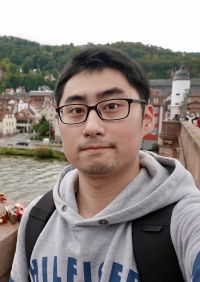
Dr. Kyungtae Kim
I am a postdoc working on the strontium lattice clock experiments. I finished my Ph.D. in the Jae-yoon Choi group at KAIST(Korea), where I studied ultracold lithium atoms focusing on quantum gas experiments.

Dr. Stefan Lannig
I am a postdoc on the 87Sr 3D lattice clock focused on investigating quantum many-body physics by applying precision spectroscopy on the clock transition. Among other topics, we're currently focused on superexchange and radiative dipole interactions with the goal of understanding general dephasing mechanisms, investigating collective effects and implementing metrologically useful squeezing.
Before coming to JILA I did research on the non-equilibrium behavior and non-linear physics in a spinor BEC of 87Rb in the Oberthaler group in Heidelberg.
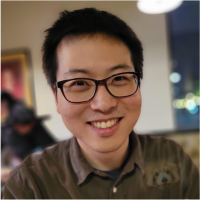
Dr. Dahyeon Lee
Dahyeon is a postdoc working on cryogenic silicon cavities. He completed his PhD about a mile south at NIST with Franklyn Quinlan working on phase noise metrology with frequency combs and optical cavities. He thinks red pandas are very cute!

Dr. Kai Li
I am a postdoc researcher working on the 229Th nuclei clock using XUV frequency comb. I got a PhD in physics at the University of Chicago, where I studied the X-ray stimulated Raman spectroscopy and worked at Princeton University as a postdoc studying the ultrafast energy transfer in polariton.
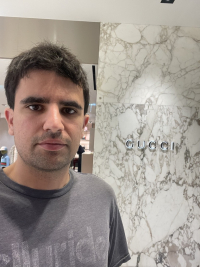
Dr. Calder Miller
I am a PostDoc student on the Sr2 experiment, studying many-body physics. I previously studied physics and applied math at Harvard, where I worked on laser cooling polyatomic molecules and ultrasensitive atomic force microscopy.
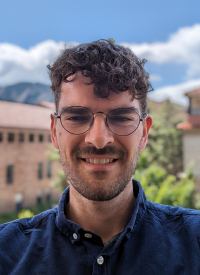
Dr. Simon Scheidegger
I am a postdoctoral research associate working on direct laser cooling and trapping of YO molecules. I received my PhD from ETH Zurich where I conducted precision measurements of Rydberg-Stark states in the hydrogen atom.
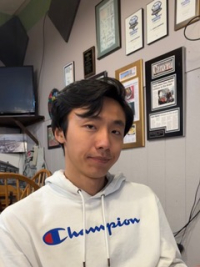
Dr. Yang Yang
Yang is a postdoctoral researcher working on a spin-squeezed optical atomic clock. His research focuses on quantum metrology, particularly exploring and applying many-particle entangled states to enhance measurement sensitivity beyond classical limits. His ongoing projects aim to push the boundaries of timekeeping and probe fundamental physics, contributing to a deeper understanding of the universe. Yang earned his Ph.D. in Physics from University of Science and Technology of China (USTC), where he worked on quantum precision measurement of the electric dipole moment of ytterbium atoms.
Graduate Student
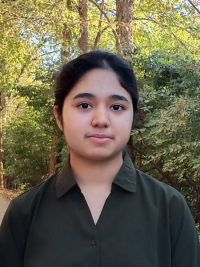
Apoorva Bisht
I am working on high-resolution molecular spectroscopy using frequency combs in the mid-IR regime for breath-based medical diagnostics (breathomics).
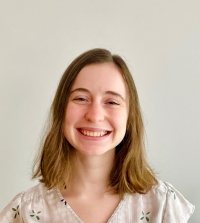
Annette Carroll
I work on the KRb experiment, exploring many-body physics with ultracold polar molecules. I received my undergraduate degree in physics from Princeton University and studied condensed matter problems in the Yazdani and the Houck labs.
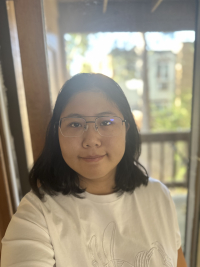
Mengjie Chen
I am a graduate student working on direct laser cooling of YO molecules. I received my undergraduate degree in physics from CU Boulder and studied ferroelectric nematic liquid crystals in Professor Noel Clark’s lab.
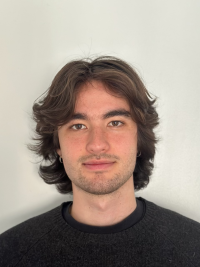
Max Frankel
I work on the strontium 3D lattice clock, studying atomic interactions that affect clock performance and are of interest in the field of quantum simulation. I received my bachelor’s from Stony Brook University, where I did research related to ultracold atoms in optical lattices in Dominik Schneble’s lab. Before coming to Boulder, I received a Fulbright research award to work on super-resolution fluorescence microscopy in Ilaria Testa’s lab at the KTH in Sweden.
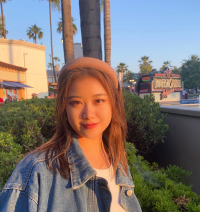
Zoey Hu
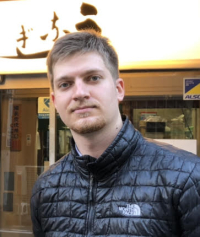
Jack Doyle
I am currently working on the Direct excitation of the thorium 229 nucleus with a XUV frequency comb.
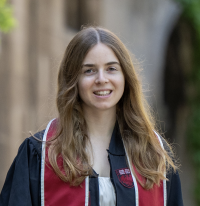
Stella Kraus
I am a graduate student working on the strontium spin-squeezed clock experiment. I was previously an undergraduate at UChicago where I worked in Cheng Chin's group.
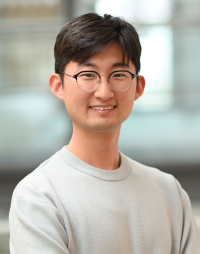
Yu Hyun Lee
I am a graduate student working on the strontium 3D lattice clock, where we study many-body phenomena to understand and enhance the performance of atomic clocks. I received my master's degree at the Max-Planck Institute of Quantum Optics (MPQ) in Immanuel Bloch's group implementing optical tweezers for a fermionic quantum processor.
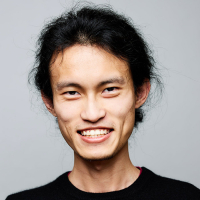
Qizhong Liang
I am a graduate student working on mid-infrared molecular spectroscopy measurements at high spectral resolution and ultra-high detection sensitivity. I received my bachelor's degree from Nankai University.

Oliver Licht
I’m a graduate student working on high-resolution molecular spectroscopy for breath analysis using mid-IR frequency combs. I completed my undergraduate degree in physics at Carleton College.
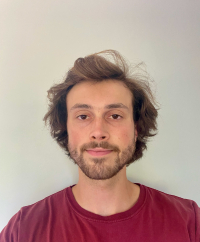
Phillip Martin
I work on the KRb experiment, where we are studying many-body physics using ultracold molecules. I received my bachelor's degree at Cornell University.
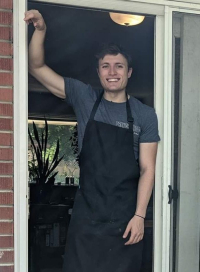
Kameron Mehling
I am a graduate student working on the direct laser cooling of Yttrium Oxide (YO). This project has pioneered many feats for diatomic molecules such as magneto-optical trapping, sub-Doppler cooling, and conservative trapping. Ongoing work seeks to further achieve higher densities and lower temperatures towards quantum degeneracy, expanding the frontiers of quantum control. I was previously an undergraduate at the University of Chicago where I studied physics and math.

Maya Miklos
I work on one of the strontium clock experiments-- on our particular project, we're building a new machine with an optical lattice clock inside a high-finesse cavity. We're aiming to use the long-range interactions unlocked by our cavity as a new platform to study both precision metrology (for example, by achieving a spin-squeezed clock), and many-body physics. I previously studied physics and math at Harvard, working in Misha Lukin's group on a coupled NV/nanomechanical oscillator system.
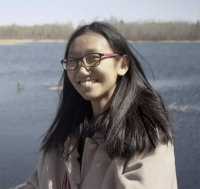
Tian Ooi
I work on the XUV frequency comb project focused on building a Th229 nuclear clock. A nuclear clock has potential to be a new platform for portable optical clocks and also to measure time variation of fundamental constants. I received my bachelor's degree from the University of Alberta.

Nathan Song
I am a graduate student working on the KRb polar molecules experiment. I received my bachelor's in Physics and Mathematics from U.C. Berkeley, where I made optical tweezers move in 3D at Dan Stamper-Kurn's lab.

Yee Ming Tso
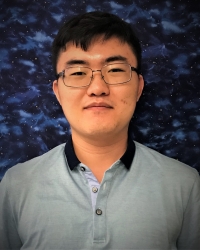
Lingfeng Yan

Kai Zhou
I am a graduate student working on the 1d strontium lattice clock experiments. I received my bachelor's degree from University of Science and Technology of China.
Undergraduate Student

Cedonna Nishanova
I am an undergraduate student working in the KRb experiment, pursuing a double major in physics and psychology.
